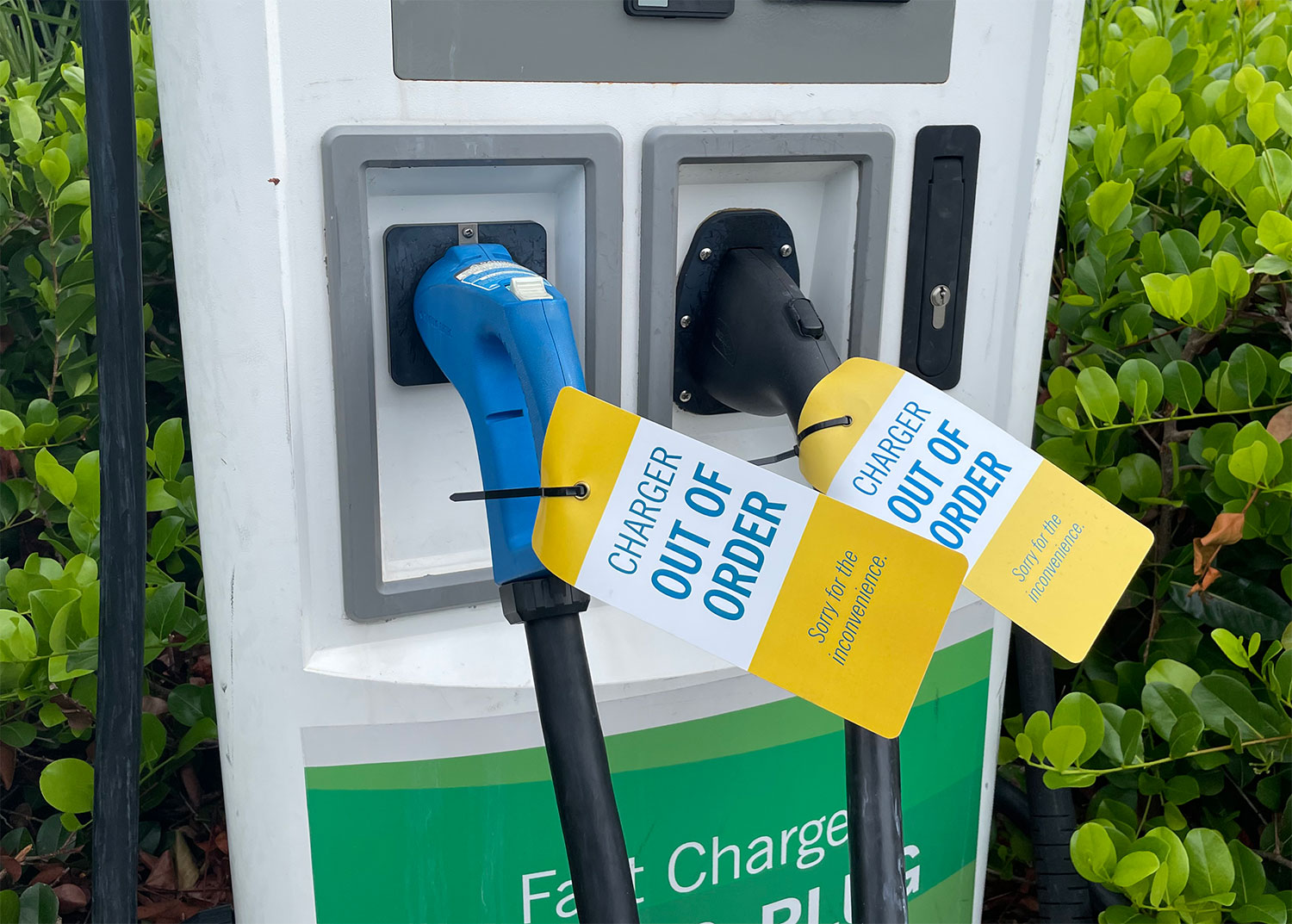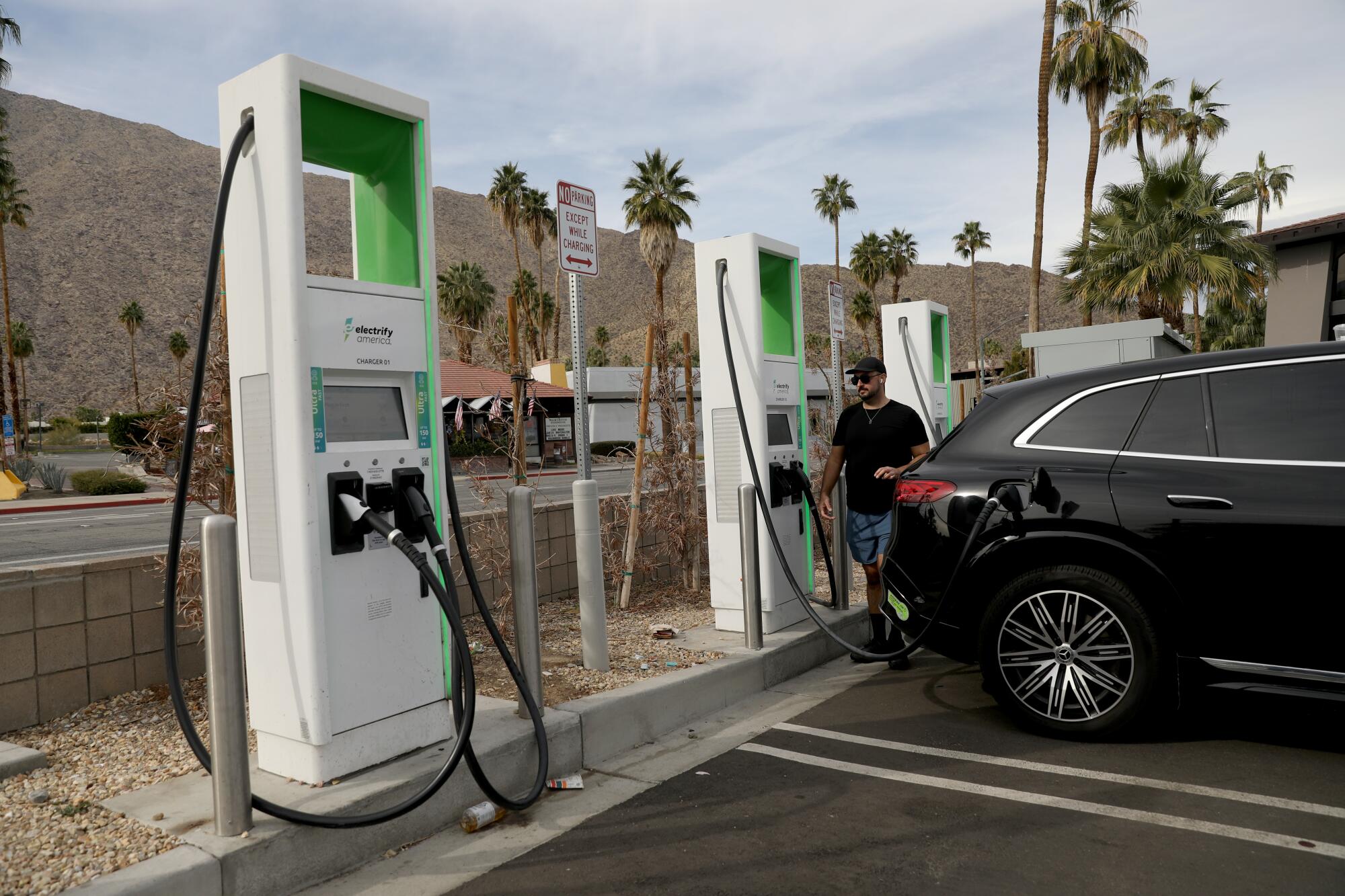Key Innovations in the EV Sector You’ll Find in Today’s Buy EV Charging news
Leading EV Charging Information: Key Updates on Facilities and Advancement

Recent Improvements in Fast-Charging Modern Technology

Moreover, improvements in battery technology, including boosted thermal management systems and greater energy thickness batteries, enhance fast-charging abilities. These growths mitigate the danger of battery destruction during fast charging, making sure longevity and performance for EV owners.
In addition, the integration of smart charging remedies is enhancing user experience, allowing real-time surveillance and vibrant pricing models. EV Charging news. This versatility enables vehicle drivers to optimize charging times and expenses based upon grid need
As car manufacturers proceed to spend in fast-charging networks, the collaboration between market stakeholders is vital. Collaborations in between billing terminal providers and automobile producers are leading the way for substantial protection, eventually cultivating an extra durable EV ecological community. These innovations are crucial in sustaining the change to lasting transport.
Federal Government Efforts for Charging Growth
Government efforts play a crucial duty in the development of electrical automobile (EV) billing facilities, helping with the shift to sustainable transport. Different federal and state programs are being executed to enhance billing accessibility, minimize the monetary concern on consumers, and advertise the adoption of electric vehicles.
Notably, the U.S. government has alloted substantial financing via the Infrastructure Financial Investment and Jobs Act, which sets aside $7.5 billion for EV billing network growth across the country. This financing is focused on deploying countless new charging stations, particularly in underserved locations, consequently dealing with range anxiety amongst prospective EV customers.
Furthermore, numerous states are establishing regulations to streamline the allowing process for billing station setups, which is important for accelerating implementation. Incentives such as tax obligation debts and refunds for both customers and companies are additionally being introduced to urge the setup of billing infrastructure.
Moreover, public-private partnerships are progressively coming to be a focus, leveraging personal financial investment to complement government financing. These initiatives highlight a joint method necessary for building a efficient and detailed EV billing network, ultimately adding to a greener and even more lasting future.
Innovative Battery Solutions Enhancing Effectiveness
Changing the landscape of electrical vehicle (EV) innovation, ingenious battery remedies are substantially boosting performance and performance. Advances in battery chemistry, specifically with lithium-sulfur and solid-state batteries, are causing increased power thickness, which permits longer ranges and faster billing times. These brand-new battery types have the prospective to outperform conventional lithium-ion batteries by providing higher capabilities while lowering weight, therefore boosting overall vehicle efficiency.
Moreover, developments in battery management systems (BMS) are optimizing energy use and expanding battery life-span. Smart formulas keep an eye on battery health and wellness and performance, allowing real-time adjustments to charging and releasing procedures. This not just this contact form improves the efficiency of the battery but also makes certain an extra trusted and lasting energy resource for EVs.
In addition, the assimilation of reusing innovations is dealing with the environmental influence of battery production and disposal. Developments in second-life applications for EV batteries are facilitating their usage in energy storage systems, adding to a circular economy.
As these cutting-edge battery options continue to evolve, they assure to transform the EV market, making electrical automobiles much more accessible and enticing to a wider audience while sustaining global sustainability objectives.

Collaboration Between Automakers and Charging Networks
Recognizing the vital requirement for a robust charging facilities, automakers are progressively working together with charging network carriers to boost the EV possession experience (EV Charging news). These collaborations intend to produce a seamless charging community that benefits consumers and supports the change to electrical lorries
Significant vehicle brands are joining forces with established billing networks to increase their billing station coverage, guaranteeing drivers have access to hassle-free and reliable billing choices. For instance, partnerships with networks like ChargePoint and Electrify America permit car manufacturers to integrate charging services straight right into their vehicles' navigating systems, guiding individuals to the nearby terminals and providing real-time schedule updates.
Additionally, these cooperations commonly result in the growth why not look here of fast-charging innovations that significantly minimize the time needed to reenergize an EV. By pooling sources and competence, automakers and charging networks can introduce faster, developing solutions that satisfy the expanding demand for electrical mobility.
Additionally, joint campaigns may additionally lead to more standard billing procedures, which can relieve consumer confusion and advertise broader EV adoption. Generally, these strategic alliances are essential in constructing a straightforward and efficient charging facilities that fulfills the needs of an expanding electric automobile market.
Obstacles Facing EV Charging Facilities
As the electrical lorry market proceeds to grow, several difficulties are emerging that impede the growth of a thorough charging infrastructure. One of the primary challenges is the inadequate variety of billing terminals, specifically in underserved and country city locations. This void creates range anxiety among potential EV buyers, deterring them from making the switch.
In addition, the absence of standardization in billing modern technology makes complex the facilities landscape. Variants in plug kinds and charging rates can produce confusion for customers and enhance operational intricacies for charging network drivers.
One more pushing problem is the high cost related to the setup and maintenance of billing stations, which can be an obstacle for both personal businesses and public entities. Governing obstacles and zoning constraints can delay the release of charging framework, impeding development in increasing vital solutions. Attending to these obstacles will be vital for fostering a robust EV ecological community that supports the shift to lasting transportation.
Conclusion
To conclude, the continuous innovations in EV billing technology, supported by significant government efforts and ingenious battery options, are critical for the expansion and efficiency of electric car facilities. Partnerships between automakers and charging suppliers better boost terminal insurance coverage, resolving the expanding need for obtainable billing choices. In spite of difficulties that continue within the EV charging landscape, these developments signify a positive trajectory in the direction of an extra lasting and effective electric lorry ecological community.
Technologies in billing facilities have led to the development of ultra-fast battery chargers qualified of providing up to 350 kW of power, significantly reducing billing times. Variants in plug types and billing rates can create confusion for customers and boost operational intricacies for billing network operators.In conclusion, the recurring innovations in EV billing innovation, sustained by considerable government initiatives and cutting-edge battery options, are crucial for the development and effectiveness of electric lorry facilities. Partnerships in between car manufacturers and charging service providers further boost terminal coverage, dealing with the expanding need for accessible billing options. In spite of difficulties that persist site here within the EV billing landscape, these growths indicate a positive trajectory in the direction of a much more sustainable and effective electrical vehicle ecosystem.